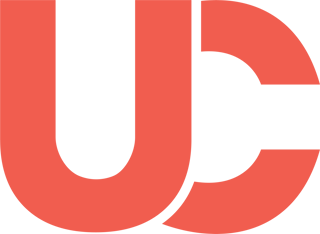

How Healthcare
Organizations Can Take
Control of Unemployment Costs.
HR and finance leaders at healthcare organizations and nonprofits can improve claims outcomes, free up internal bandwidth, and reduce UI tax rates with UC Alternative’s performance-based model of claims management.

A Problem Healthcare Leaders Can’t Afford to Ignore
The surging cost of unemployment impacts more than just the bottom line. At healthcare organizations where HR teams are already stretched thin, unemployment tasks can quickly pile up and block critical work like retention, engagement, and workforce planning.
Why Healthcare Gets Hit Harder Than Most Industries
Healthcare organizations face a mix of pressures that drive up the cost and complexity of unemployment claims. From strict patient safety protocols to regulatory requirements that need to align perfectly, a single missed step can mean losing an otherwise winnable claim.
High turnover leads to a steady stream of claims.
Healthcare organizations experience some of the highest turnover rates across all industries. Hospital turnover averaged 18.3% nationally over the past five years, according to the 2025 NSI National Health Care Retention & RN Staffing Report.
Decentralized HR creates inconsistent responses.
In many healthcare systems, HR responsibilities are distributed across individual locations, resulting in inconsistent documentation.
Unionized workforces increase risk during separations.
Many healthcare organizations employ unionized staff, which means disciplinary action must follow strict procedures outlined in collective bargaining agreements.
Multi-state operations add layers of compliance risk.
For healthcare systems and nonprofits with locations in multiple states, unemployment compliance is a moving target. Each state sets its own rules, forms, and deadlines.
Tight margins amplify the impact of tax increases.
Even a modest increase in your UI tax rate can have a serious impact. Just a 1% increase to a $50 million payroll adds $500,000 in expenses.
Nonprofit status creates direct financial exposure.
Nonprofit healthcare organizations often opt to pay dollar for dollar for every approved claim rather than paying into a pooled tax fund.

Why Traditional UI Claims Vendors Fall Short
Most unemployment claims management vendors are built for volume over outcome. They’re paid a flat fee per claim, which means they get paid the same whether you win or lose.
With no real incentive to fight questionable claims, some vendors do the minimum required of them. That might mean submitting a basic response without documentation, overlooking compliance risks, or failing to follow up when deadlines are missed.
See our case study on how Nexion Health saved over $651,000 by driving down UI tax rate and unemployment claims

Performance-Based Pricing
UC Alternative’s performance-based pricing takes a different approach from traditional unemployment claims management services. Unlike flat-fee vendors, our pricing is tied to the outcomes that matter to you: reducing your claims costs and UI tax rate over time.
With our vested interest in our clients’ success, we become a partner and an extension of your team. And our results speak for themselves: our clients see their unemployment costs drop by an average of 40%.
– RESULTS –


